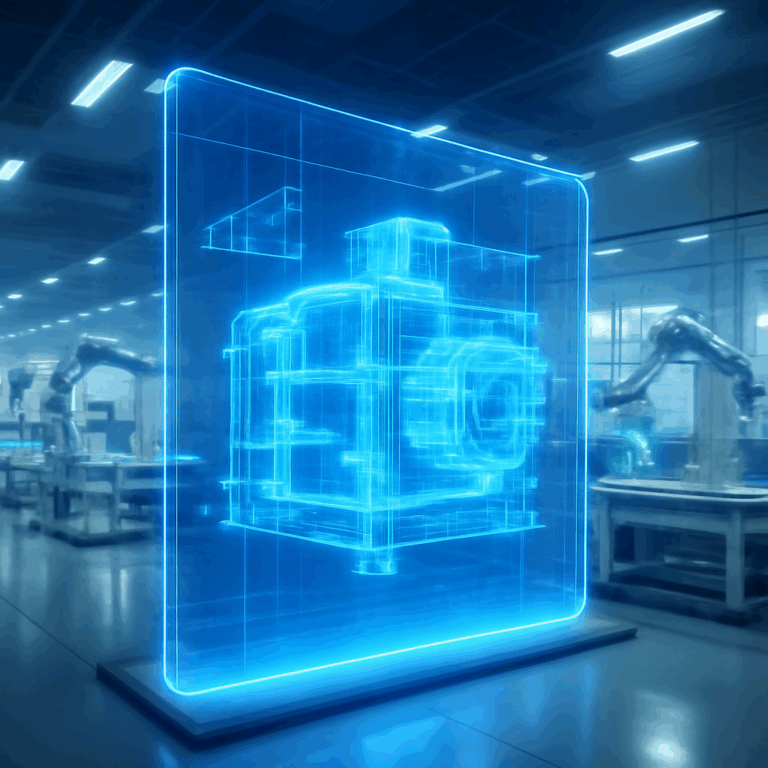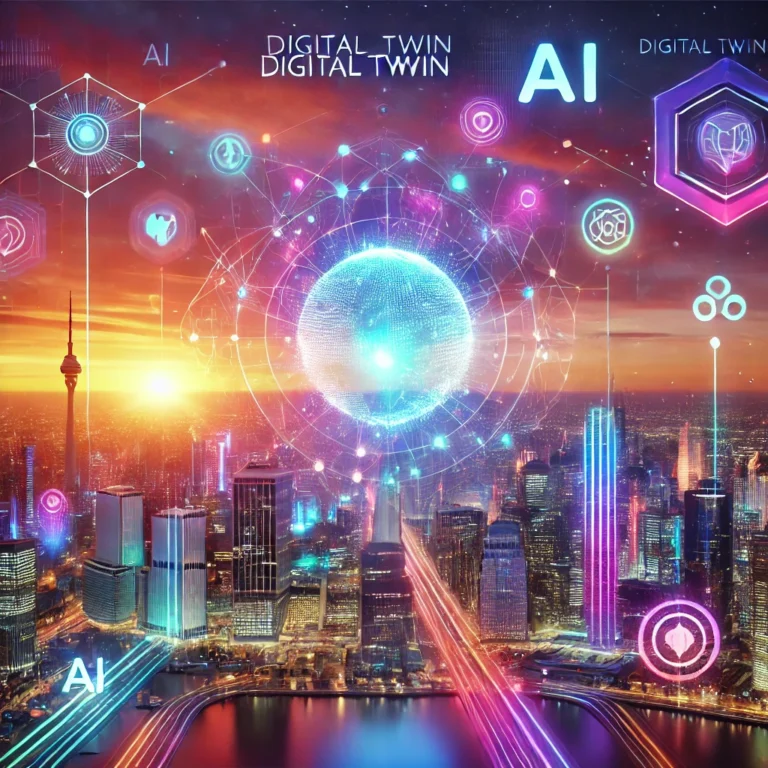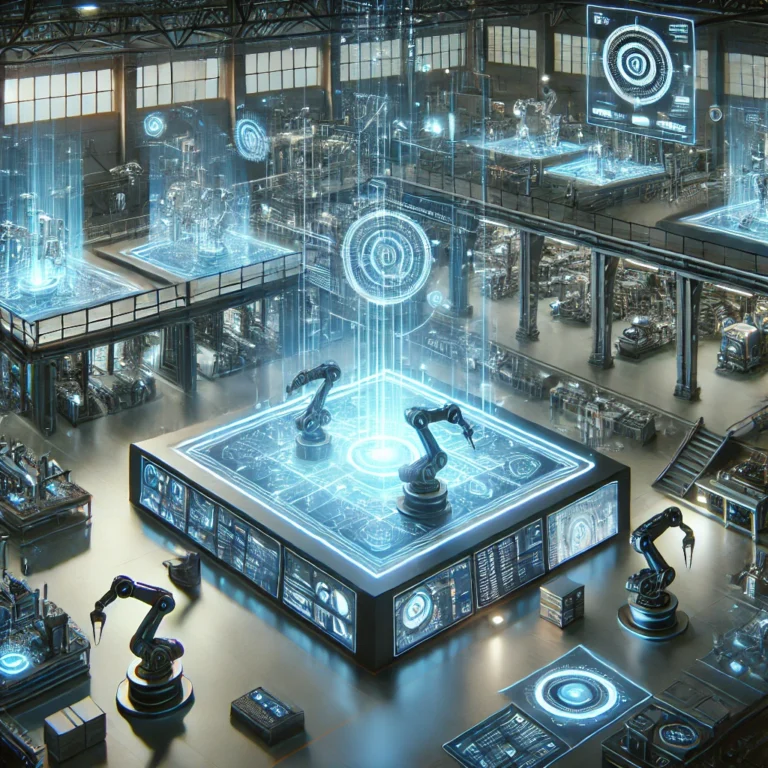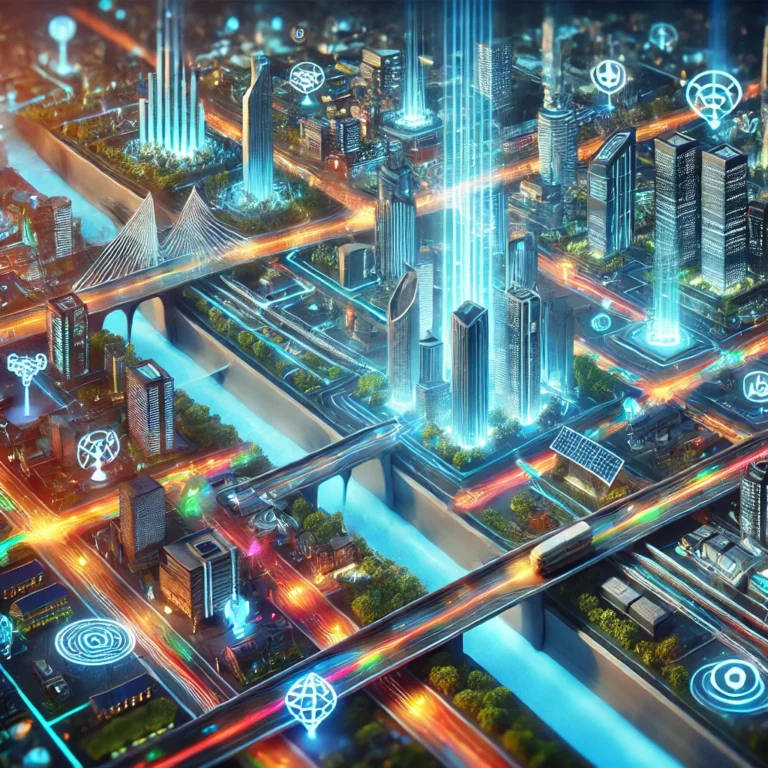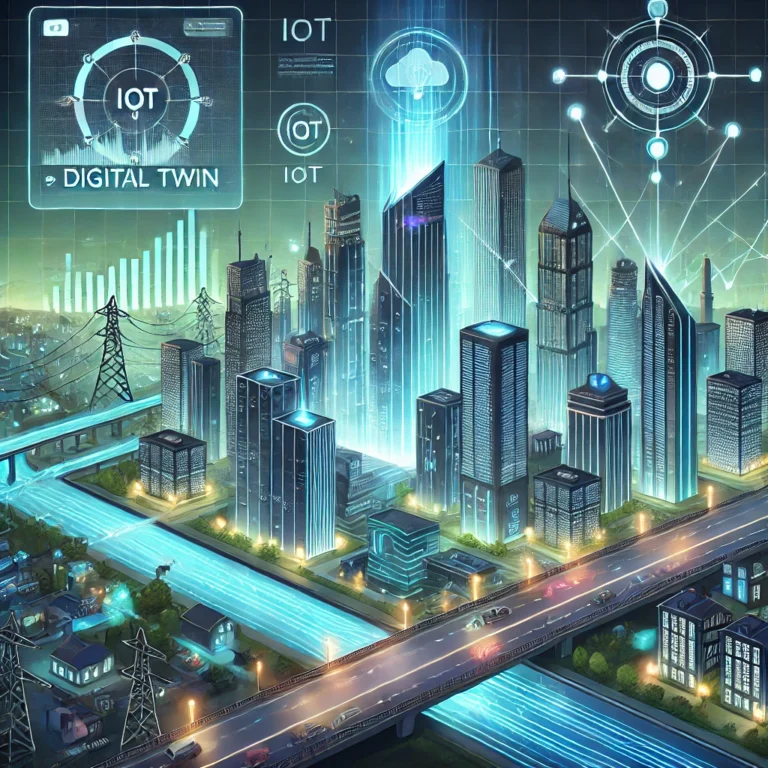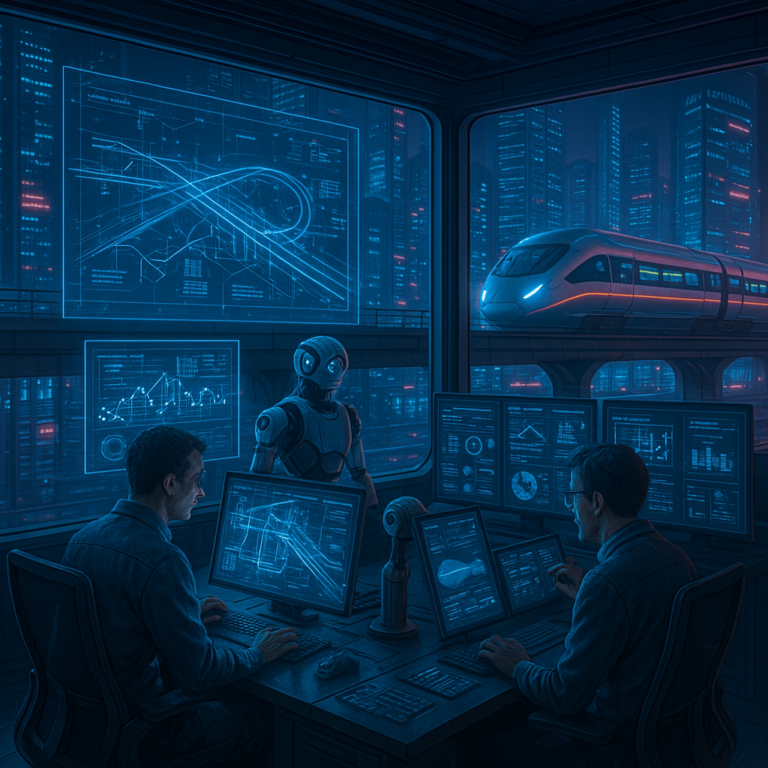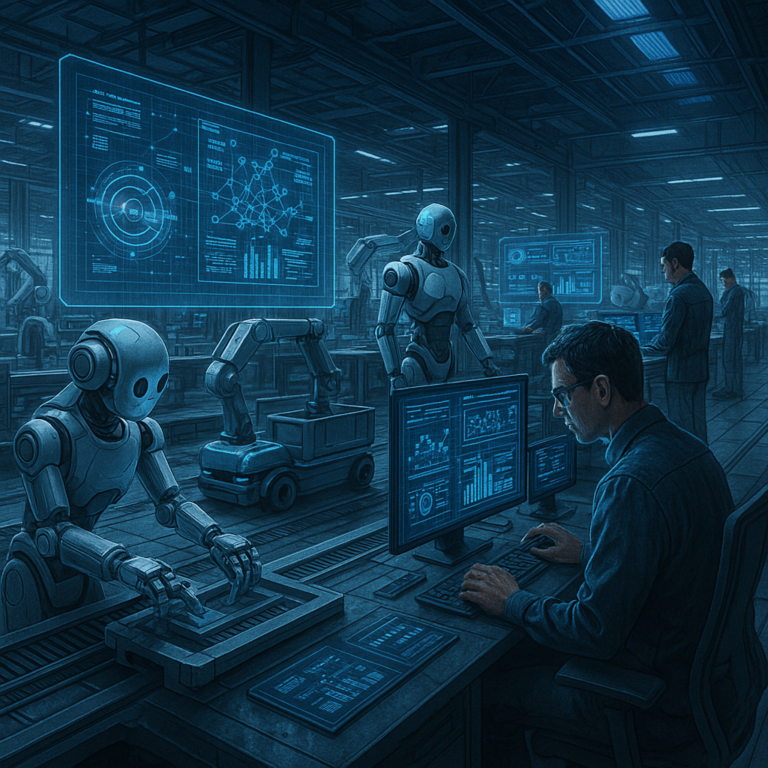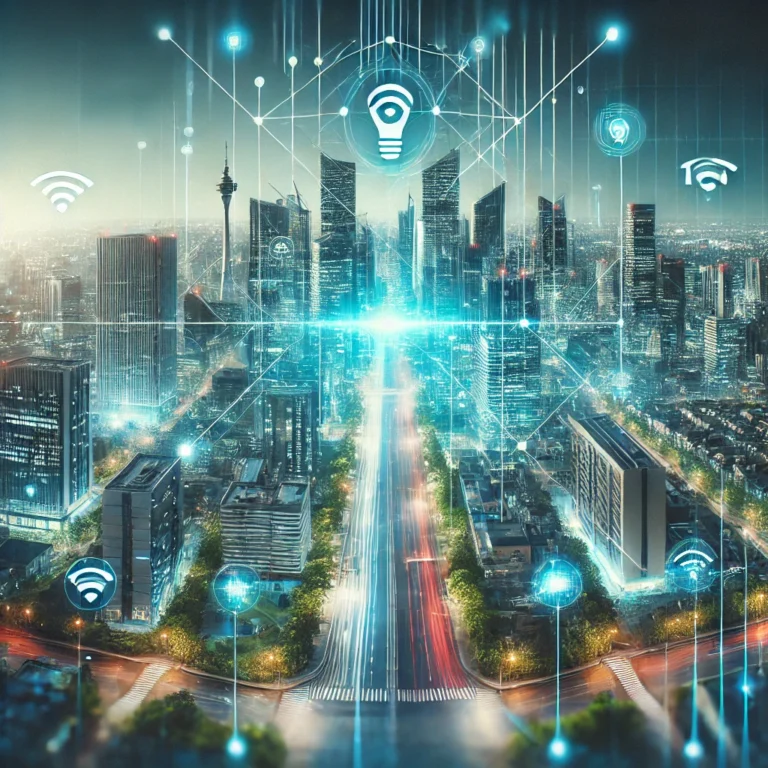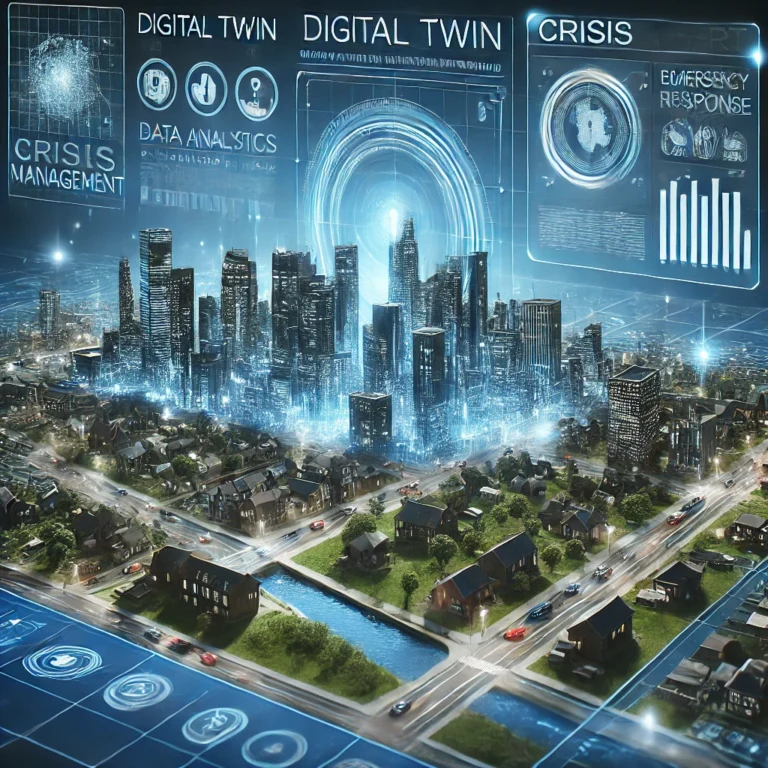Today, technology evolves rapidly, and companies closely follow this progress to make their operations more efficient. Digital twin technology offers new opportunities for businesses. So, what exactly is a digital twin, and how does it benefit organizations?
What is a Digital Twin?
A digital twin is a virtual copy of a physical object, process, or system. Companies create a digital model because they collect real-world data from their physical assets. This model mirrors the actual object in real time, and businesses can monitor their operations instantly.
How Do Digital Twins Work?
First, companies integrate sensors into their physical assets. These sensors collect data such as temperature, pressure, and vibration. The collected data transfers to cloud-based systems, and the digital twin continuously updates with this information. So, businesses can monitor their machines and processes without interruption.
How Do Businesses Benefit from Digital Twins?
Real-Time Monitoring
Digital twins allow companies to observe their equipment and processes instantly. They detect potential failures before they occur, so downtime reduces significantly.
Increasing Efficiency
Businesses analyze their production lines using digital twins and identify bottlenecks. Because of this, they can optimize operations and achieve major time and cost savings.
Improving Maintenance Processes
Traditional maintenance methods often follow a strict schedule, but digital twins offer a smarter way. Companies monitor real-time asset conditions and predict failures early. So, unplanned shutdowns decrease.
Accelerating Product Development
Companies test new designs digitally before physical production. They detect and fix errors early, and the time-to-market shortens considerably.
Better Decision-Making
Executives make better decisions because they use real-time data from digital twins. They quickly evaluate different scenarios and choose the most effective path.
Which Industries Use Digital Twins?
Many industries already use digital twin technology:
- Manufacturing improves production lines.
- Energy increases the performance of power plants.
- Construction manages projects more effectively.
- Healthcare enhances patient care.
- Transportation optimizes vehicles and infrastructure.
The Future of Digital Twins
Digital twins will become even smarter when combined with artificial intelligence and machine learning. Businesses will not only monitor but also automate decisions based on real-time data. Sustainability efforts will also depend heavily on digital twin technology because it provides accurate insights.
Conclusion
Digital twins offer major advantages to businesses. Real-time monitoring, increased efficiency, reduced costs, and faster product development are just a few benefits. So, companies that invest in digital twin technology today will lead the competition tomorrow.
Those who prioritize digital twin solutions now will build a stronger future.

